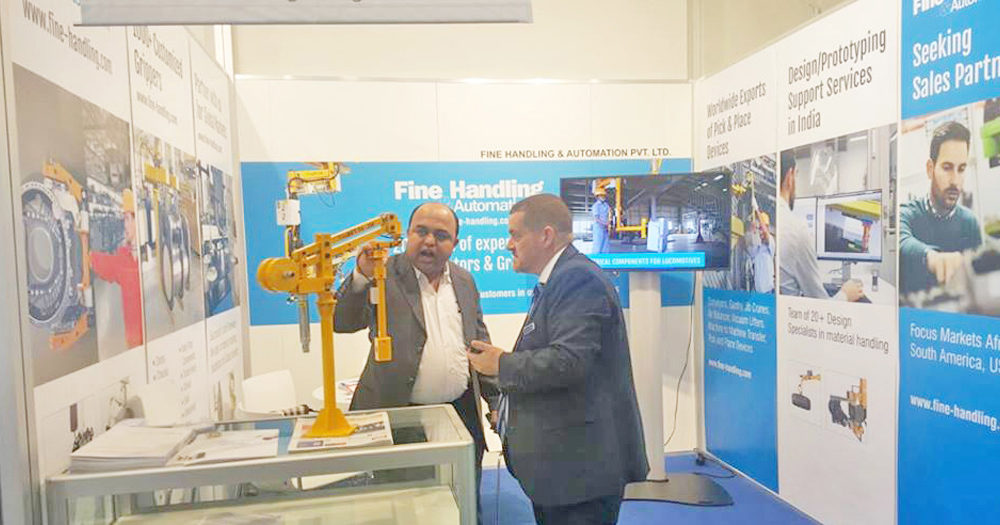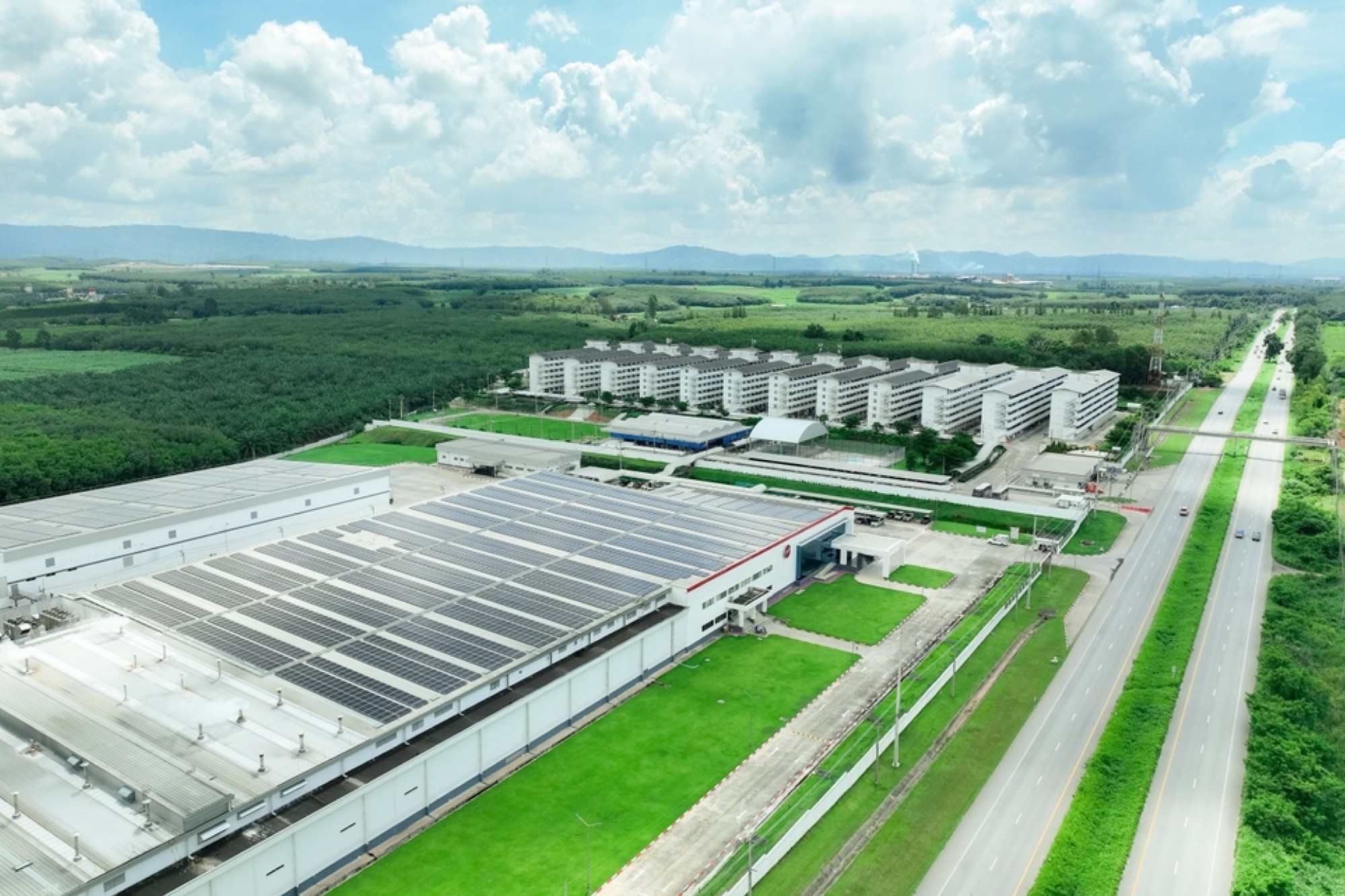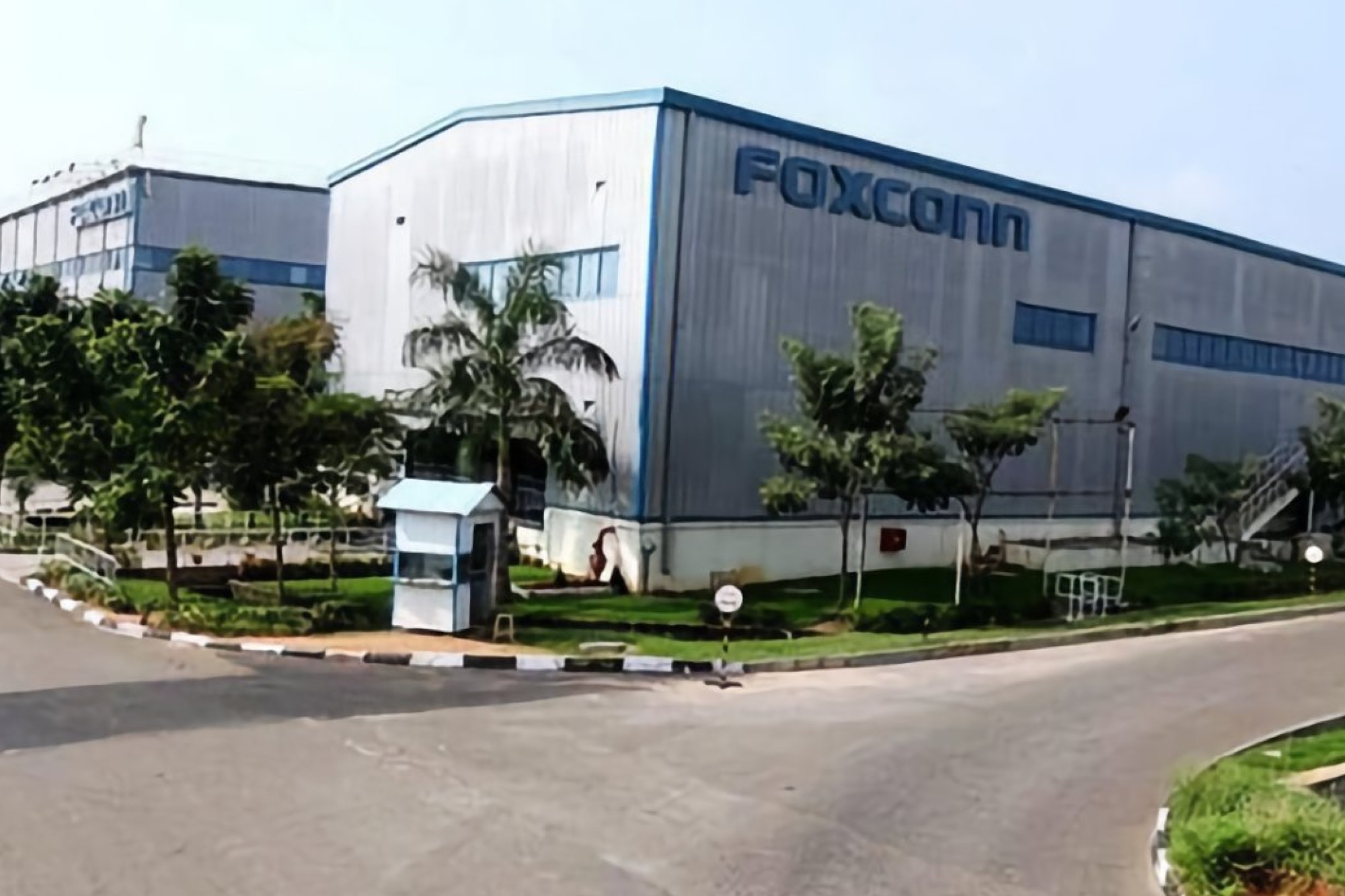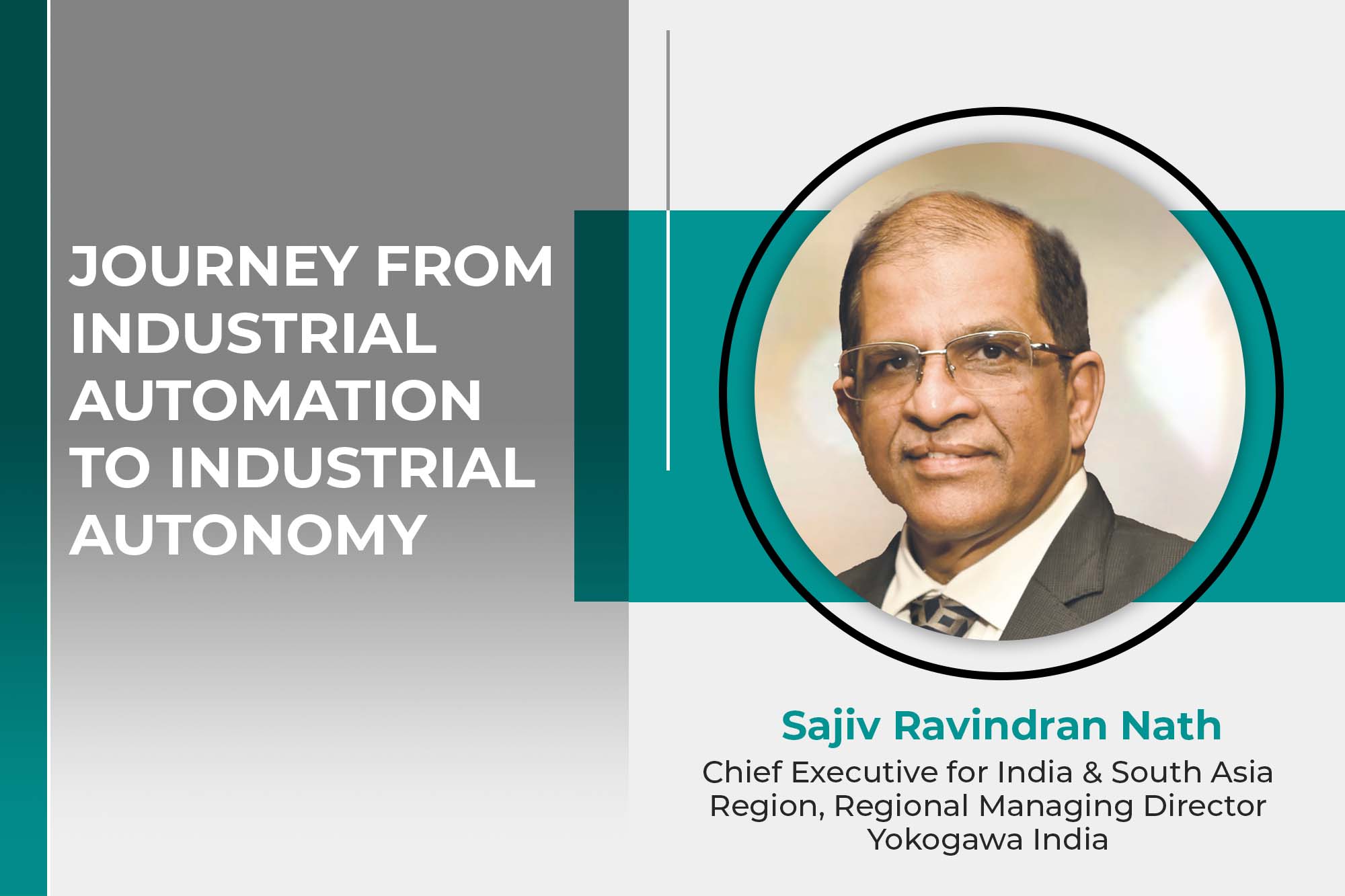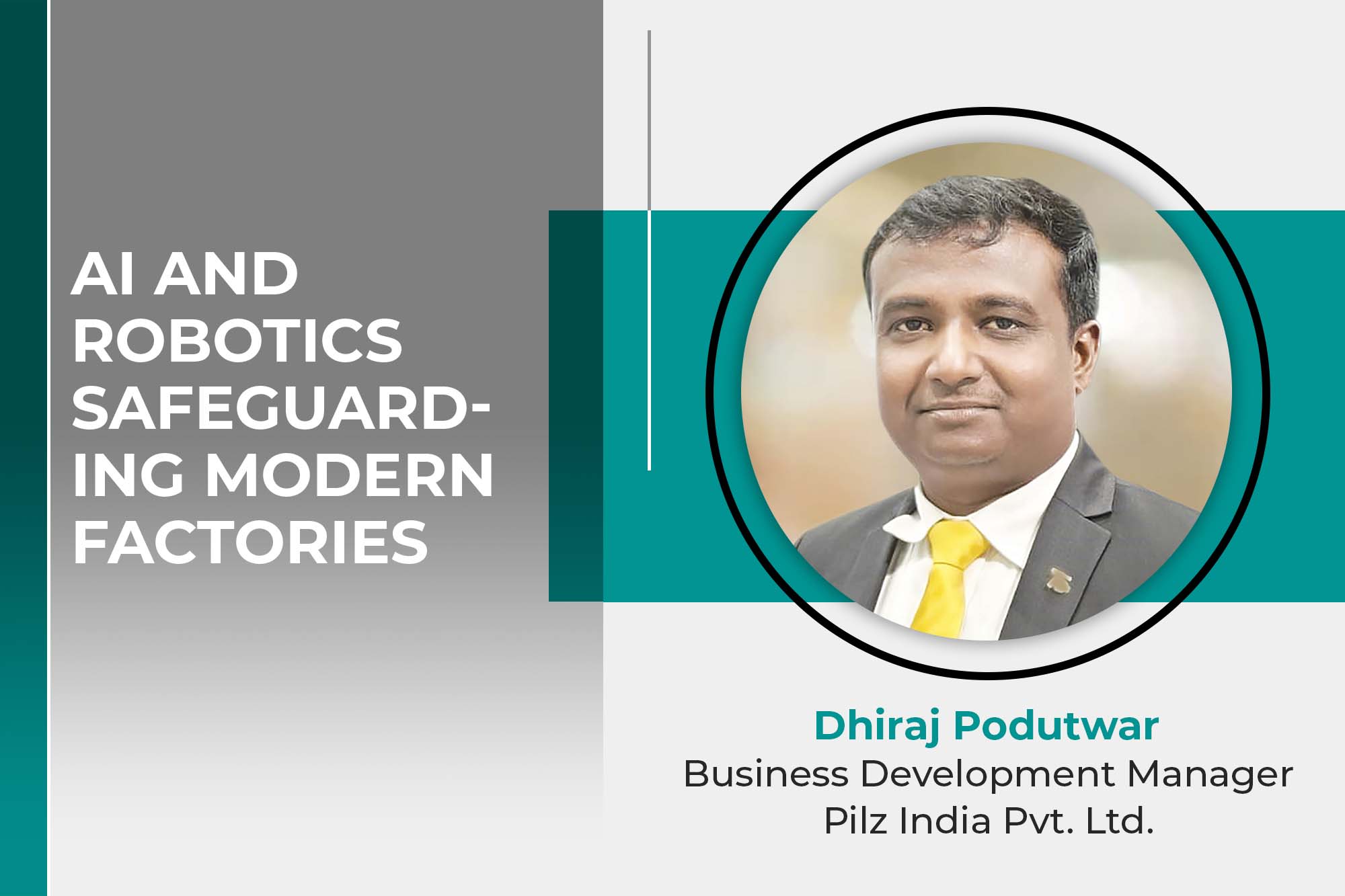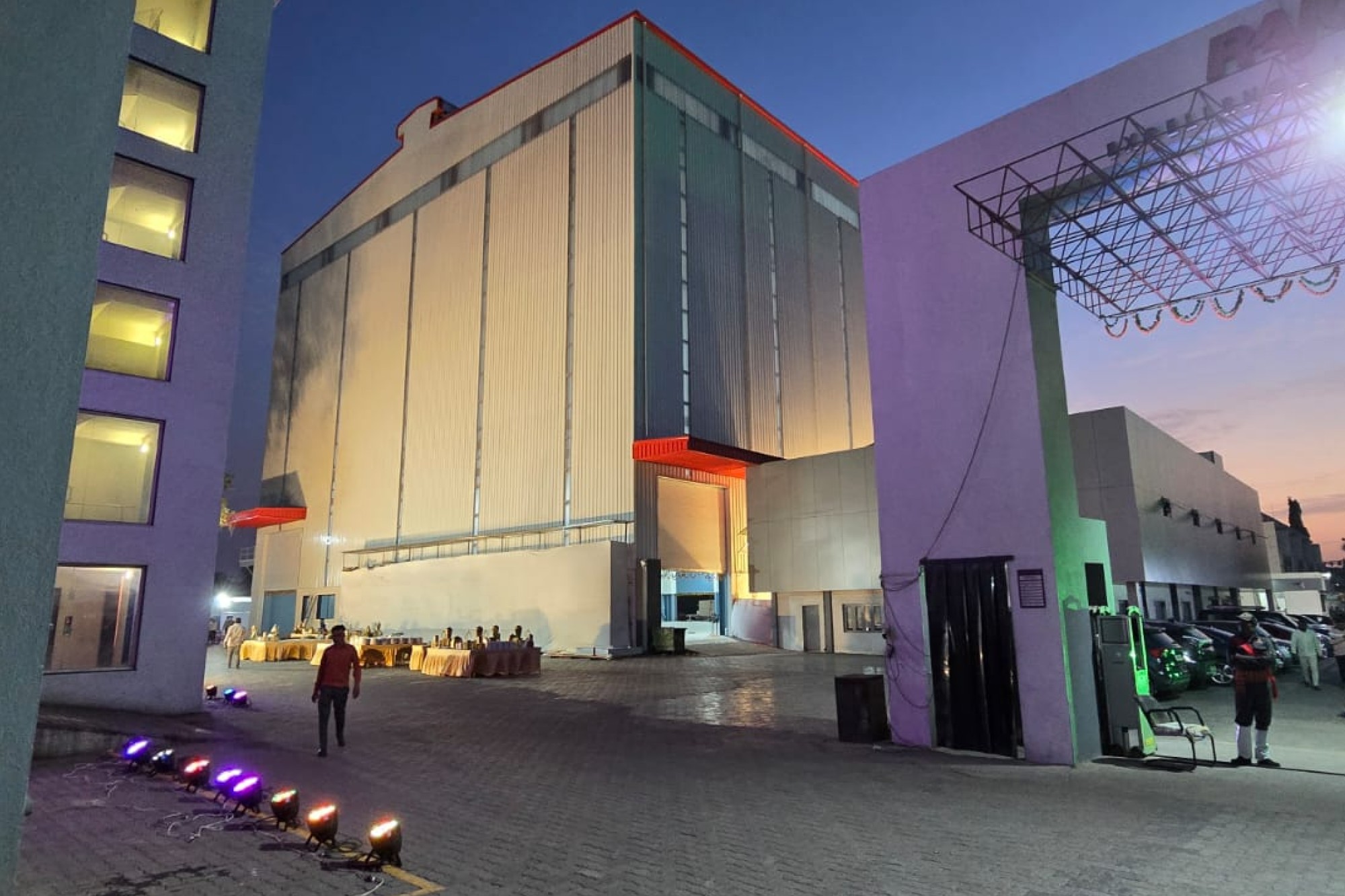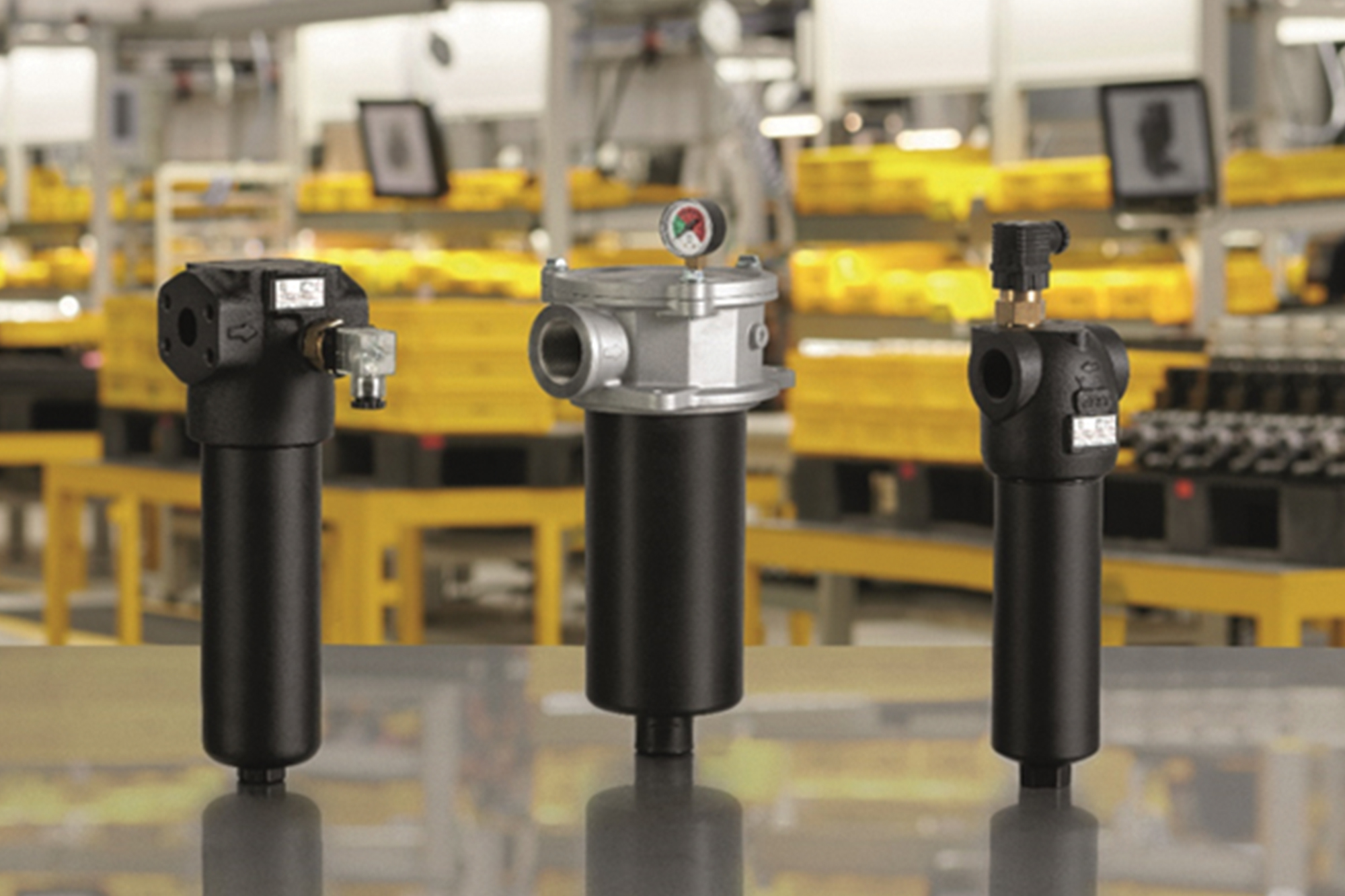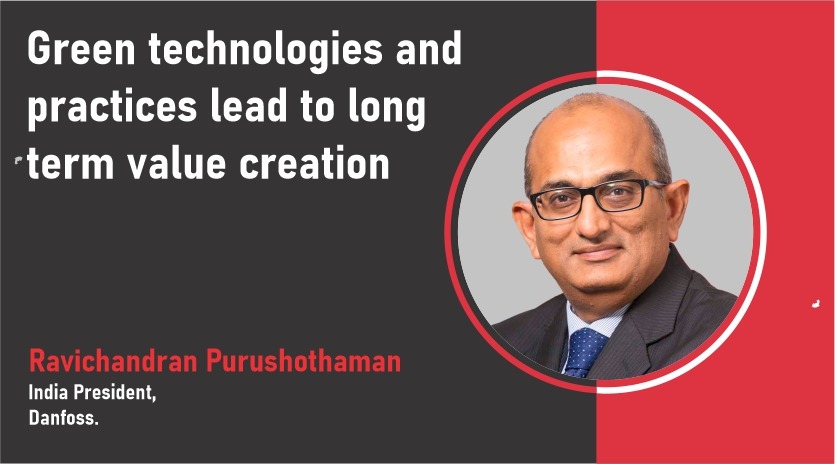IIoT opens up a new world of possibilities
By OEM Update Editorial June 11, 2018 4:49 pm IST
Nilesh Karandikar,
Managing Director,Fine Handling & Automation
In future, one can expect a lot of data, historic and run-time, to give an edge to production, in addition to the machinery on the shop-floor.
Future look for IIoT in manufacturing
According to Nilesh Karandikar, Managing Director, Fine Handling & Automation Pvt Ltd, IIoT, coupled with robotics is the future of manufacturing. The technologies for IIoT are still in its early stage and thus the pace of adoption is likely to remain slow in near future. However, as the technology advances and penetrates, it’s likely to be a part of day-to-day operations while transforming several of these.
He adds, “Fundamentally, the shift will be from know-how or experience based decisions to data driven decisions. Organisations are investing a lot today in sensors, or other devices to acquire the data. The leverage is in using this huge volume of data to develop visibility, that was previously not available, and thus improve productivity and the process itself.”
Fine Handling is investing in systems that will help companies to perform automated data logging, generate reports using this data and thus leverage the same to improve productivity of the process.
Karandikar says, “In future, one can expect a lot of data, historic and run-time, to give an edge to production, in addition to the machinery on the shop-floor.”
Industries that will drive IIoT adoptionAutomotive, power, chemical and aerospace are four industries where IIoT is gaining traction. Primarily driven by volume, remote diagnostics and monitoring along with huge scope to improve the processes is driving the implementation of IIoT. Logistics, pharma and consumer goods are also using IIoT to drive better supply chain and improve the end customer’s experience. Services companies such as maintenance, remote energy monitoring etc. are also expected to adapt the IIoT rapidly to improve their revenues, provide accurate solutions and ensure greater uptime.
However, on the whole, Karandikar feels the adoption levels will be relatively low and largely limited to the frontier players in the industry. He further adds, “As the technology is proven for some applications, the rest of the players in the industry will drive faster adoption. These are the early days of IIoT and the technology will take some time to mature to its full strength for various applications.”
Fine Handling’s preparedness in the area of IIoT
Fine Handling has taken a three step approach to IIoT adaptation. First, it is conducting extensive research of customer expectations to drive the improvement in process productivity and safety. The company have already mapped some untapped areas and are developing innovations in its equipments using IIoT tools. The second phase includes assessing various technologies in the IIoT domain that can be leveraged for its material handling equipment including gantry systems, conveyors, pick and place devices. While they have already shortlisted a few potential technologies, the team of experts is exploring partnerships with IIoT solution providers, software developers and other stakeholders. The third step is to combine the best of both – to maximise the value to the customer.
Ultimately, Karandikar believes, technology is only as good as its utility. Hence, for IIoT too, the real challenge is converting possibilities of IIoT into plausible solutions to drive greater profitability.
Cookie Consent
We use cookies to personalize your experience. By continuing to visit this website you agree to our Terms & Conditions, Privacy Policy and Cookie Policy.



